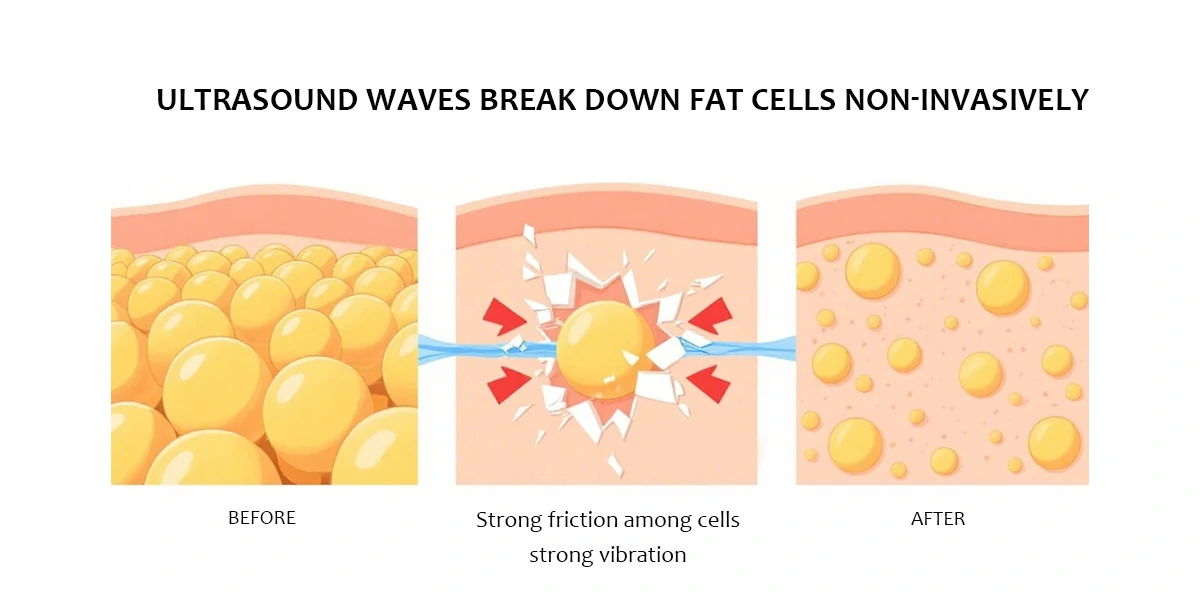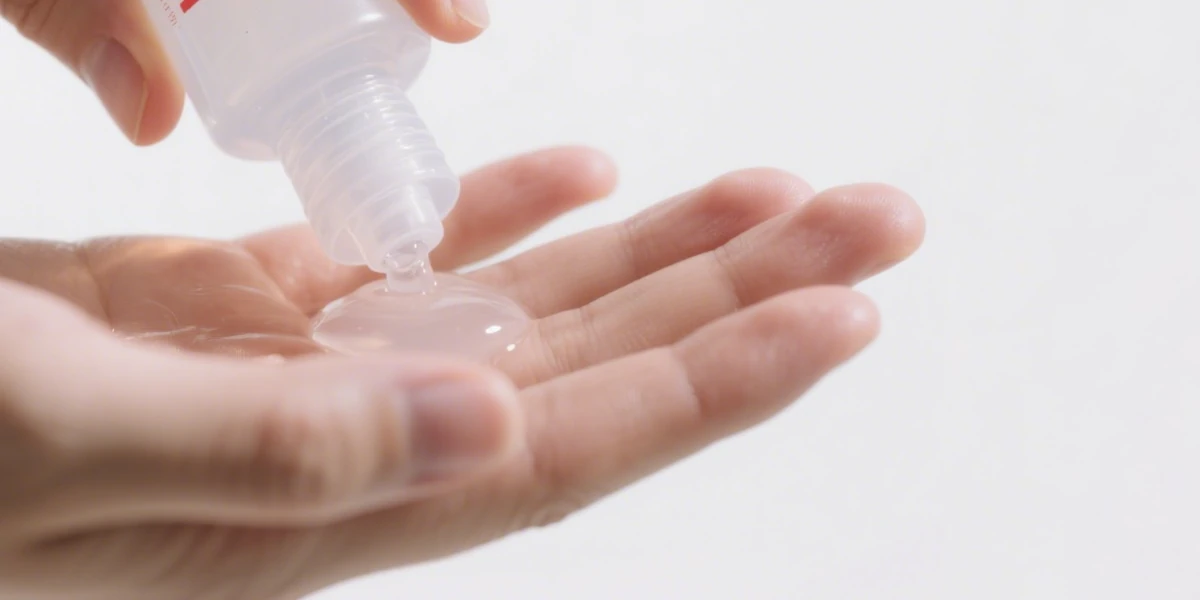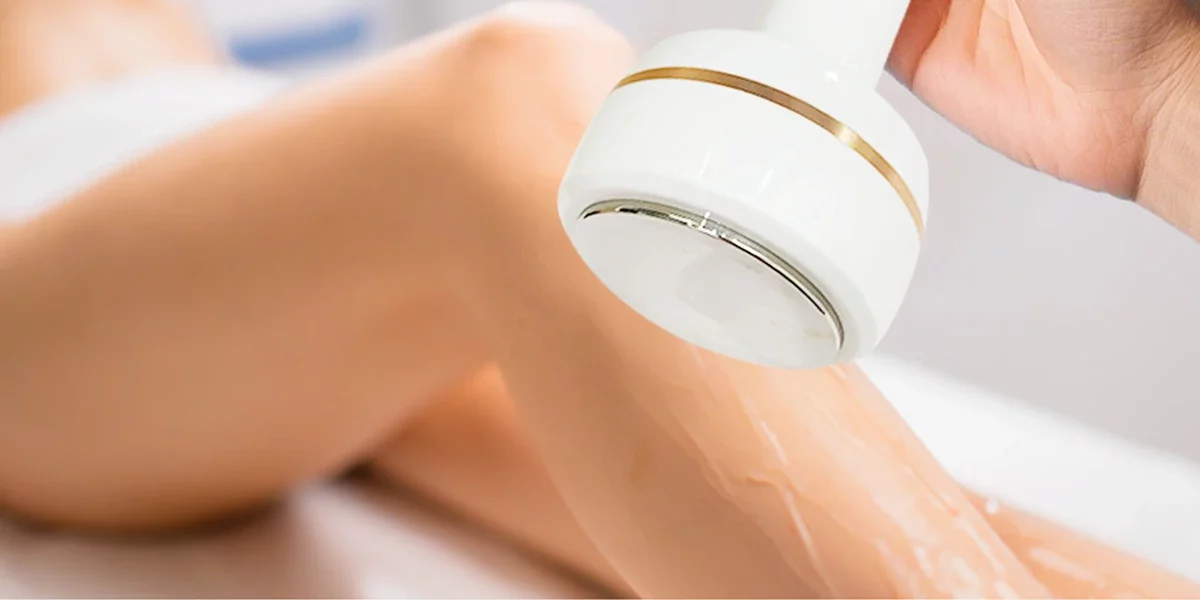Blog
How Often Can You Do Cavitation? A Complete Guide to Safe and Effective Treatments

“I’ve been using my cavitation machine at home for three weeks, following the instructions, but why am I not seeing any changes in my waistline?” This is a frustrating but common question we hear from users. In the pursuit of faster body contouring results, many either get disheartened by a lack of progress or worry about potential risks from overuse. This brings us to the critical question many users ask: how often can you do cavitation for safe and effective results?
If you’re looking for a clear, science-backed answer, you’ve come to the right place. This comprehensive guide will walk you through everything you need to know about the proper frequency of ultrasonic cavitation treatments. We’ll cover the science, recommended schedules, and expert tips to ensure you achieve the best possible outcome safely.
What is Ultrasonic Cavitation and How Does It Actually Work?
Before we discuss frequency, it’s essential to understand what’s happening during a session. Ultrasonic cavitation, often referred to as a non-surgical liposuction alternative, is a body contouring treatment that uses low-frequency ultrasound waves to break down stubborn fat cells.
Here’s a simple breakdown of the process:
- Sound Wave Application:A handheld device (transducer) is glided over the target area of your skin.
- Cavitation Effect:The device transmits low-frequency sound waves deep into the fatty tissue. These waves create microscopic bubbles within the interstitial fluid surrounding the fat cells.
- Cell Breakdown:The constant pressure from the sound waves causes these micro-bubbles to vibrate rapidly and expand. Eventually, they implode. This implosion creates a shockwave that ruptures the membrane of the nearby fat cells (adipocytes) without harming surrounding tissues like skin and muscle.
- Natural Elimination:The contents of the broken fat cells, primarily triglycerides, are released into the body. Your lymphatic system picks them up and transports them to the liver. The liver then processes these fatty acids, and they are eliminated from the body as waste through natural metabolic processes.
This non-invasive fat reduction method is celebrated for its ability to target localized fat deposits that are often resistant to diet and exercise.
Safety and Effectiveness: What You Need to Know
Ultrasonic cavitation is widely considered a safe and effective treatment for reducing fat and improving body contours. Its primary benefits include targeting stubborn fat on the abdomen, thighs, hips, and arms, reducing the appearance of cellulite, and tightening the skin.
However, safety is paramount. The treatment is not suitable for everyone.
Who Should Avoid Ultrasonic Cavitation?
You should avoid this treatment if you have any of the following conditions:
- Pregnancy or breastfeeding
- Heart conditions, including having a pacemaker
- Liver or kidney disease
- A history of cancer
- Epilepsy
- Metal implants (e.g., IUDs, pins) in the treatment area
- Open wounds, infections, or inflamed skin on the treatment area
Always consult with a professional or your doctor if you have any underlying health concerns before starting a treatment course.
Key Frequency and Duration Questions Answered
This is the core of our guide. Using the machine too little yields no results, while using it too much is both ineffective and potentially harmful.
What is the Recommended Duration for a Single Cavitation Session?
A single cavitation session should typically last between 20 to 40 minutes, depending on the size of the treatment area. For instance, a smaller area like the arms might only require 20 minutes, whereas a larger area like the abdomen could take up to 40 minutes.
Exceeding this duration in a single session won’t speed up results. Instead, it can overload your body’s metabolic system, which needs time to process the released fat.
What is the Optimal Interval Between Two Cavitation Sessions?
This is the most critical rule for a successful cavitation journey: you must wait at least 72 hours (3 days) between sessions.
Why is this interval so important? After a session, your body needs time to flush out the broken-down fat cells. This metabolic process primarily involves the lymphatic system and the liver. If you perform another session too soon, you risk overwhelming these systems, which not only diminishes the effectiveness of the treatment but also puts unnecessary strain on your body. The 72-hour gap gives your body the necessary time to recover and complete its natural detoxification process.
Can I Do Cavitation Everyday? A Deeper Look into the Risks
The short and definitive answer is no. Performing ultrasonic cavitation daily is counterproductive and unsafe. Here’s why:
- Metabolic Overload:Your liver is the primary organ responsible for processing the released fats. Bombarding it daily without a recovery period can lead to stress and reduced function.
- Diminished Results:If your body cannot effectively clear the released fat, it may be reabsorbed by other fat cells, completely negating the treatment’s effect.
- Skin Irritation:Over-stimulating the same area of skin every day can lead to redness, sensitivity, and potential damage.
So, How Often Can You Do Cavitation for Optimal Safety?
To reiterate, the golden rule is to schedule your sessions with a minimum of a 3-day break in between. A weekly or bi-weekly schedule (e.g., every Monday and Thursday) is a common and highly effective approach.
Your Complete Treatment Plan: A Quick-Reference Chart
For best results, a full course of treatment is recommended. This usually consists of 6 to 12 sessions. The exact number depends on your individual goals, body type, and the area being treated.
Here is a quick-reference chart to help you plan your sessions:
| Treatment Area | Recommended Single Session Duration | Interval Between Sessions | Recommended Total Sessions |
|---|---|---|---|
| Abdomen & Flanks | 30 – 40 minutes | 72+ Hours | 8 – 12 Sessions |
| Thighs (Inner & Outer) | 20 – 30 minutes per thig | 72+ Hours | 8 – 12 Sessions |
| Buttocks | 25 – 35 minutes | 72+ Hours | 6 – 10 Sessions |
| Arms (Upper) | 15 – 20 minutes per arm | 72+ Hours | 6 – 10 Sessions |
How to Maximize the Results of Your Cavitation Sessions
Following the correct schedule is only half the battle. To truly get the most out of each fat cavitation treatment, you need to support your body’s efforts.
Before Your Session:
- Hydrate:Drink at least 1.5 liters of water in the 24 hours leading up to your treatment.
- Eat Light:Avoid heavy, high-fat, and high-carb meals on the day of your session to reduce the immediate load on your liver.
After Your Session:
- Drink More Water:This is the most crucial step! Drink at least 2 liters of water in the 24 hours following your session. Water is essential for flushing out the processed fats through the lymphatic system.
- Get Moving:Engage in 20-30 minutes of light cardio (like a brisk walk, jogging, or cycling) within a few hours of your treatment. This stimulates lymphatic drainage and helps metabolize the released fat more efficiently.
Throughout Your Treatment Course:
- Maintain a Healthy Diet:A balanced diet low in saturated fats, sugar, and refined carbohydrates will prevent new fat from being stored and support your overall results.
- Avoid Alcohol and Caffeine:For at least 48 hours after each session, avoid alcohol and limit caffeine. Both can hinder your liver’s ability to process and eliminate the targeted fat cells.
Answering Your Lingering Questions
How Long Does It Take to See Results From Cavitation?
While some users report feeling their skin is tighter or smoother after just one or two sessions, visible and measurable results typically appear after 3 to 6 sessions. The most significant and lasting results are usually seen after a full course of 8-12 treatments, as the effects are cumulative. Be patient and consistent.
What is the Recovery Time After Each Session?
One of the greatest advantages of ultrasonic cavitation is that there is zero downtime. You can return to your daily activities immediately after a session. Some people may experience temporary side effects like mild redness in the treated area, increased thirst, or a slight ringing in the ears (tinnitus) during the treatment, but these typically subside within a few hours.
Conclusion & Your Next Steps
So, how often can you do cavitation? The answer isn’t about doing more, but about doing it smarter. By adhering to the 72-hour minimum interval between sessions, you give your body the time it needs to deliver the results you desire safely. A complete treatment course of 6-12 sessions, combined with proper hydration, a healthy diet, and light exercise, is the proven formula for success.
Remember, ultrasonic cavitation is a powerful tool to help you win the battle against stubborn fat, but it works best as a partner to a healthy lifestyle.
Ready to begin your safe and effective body contouring journey? Explore Tingmay range of professional-grade cavitation machines or contact our expert team to get personalized advice for your treatment plan.





















